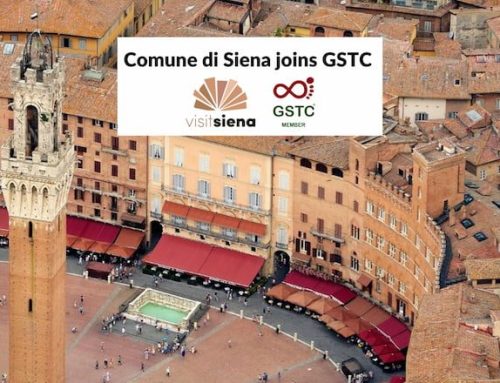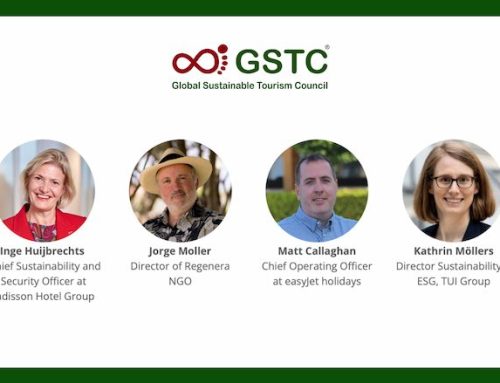By Erika Harms, Executive Director – Global Sustainable Tourism Council

This is obvious, as were some other examples related to product safety, but does this apply to tourism, can we say the same thing about the Global Sustainable Tourism Criteria? Well, here are his summarized thoughts, followed by how they apply to the GSTC Criteria:
1. “Standards are seeking to build clarity and mutual understanding.” This is exactly what we believe; a common language will allow clarity and understanding anywhere in the world. There are hundreds of certifications, but if we base them on common ground, they will all be able to use the same language to speak to businesses and consumers, reducing noise and increasing understanding.
2. “Standards are synonymous of …assurance.” Built on existing standards, programs and codes of conduct , having undergone a multi-stakeholder global process, the GSTC Criteria can provide assurance that the main principles of sustainable tourism are covered, while the GSTC recognition process ensures that those standards that are currently working in tourism meet those principles.
3. They provide benchmarks that national and regional regulations fail to provide, for want of harmonization or availability of such regulations. In numerous cases the GSTC Criteria have served to provide a solution where there was a void, have given governments a base for the development of their own standards and programs, served businesses as guidelines, and even served as the base for the creation of the InterAmerican Development Bank’s scorecard for investment in tourism projects.
4. They provide measurement tools and ensure comparability of results through common analytical methods. The indicators provide a suggested measure, and through the recognition and accreditation processes we will be able to compare results and provide valuable feedback on the impacts of sustainable tourism.
5. International standards facilitate systems interoperability and compatibility. The examples used are JPEG, PDF, DVD, and MP3 formats that allow transfer and storage that are compatible all over the world. Imagine a tour operator that focuses on sustainable travel around the globe: How will they be able to determine sustainability if each national standard is different, yet clients traveling from one country to another expect the same standards? Having the GSTC allows for that common base.
6. International standards can promote transfer of information and facilitate market access for innovative solutions by providing confidence in the users. Following on the example above, a common standard makes it a lot easier for a Sabre or Amadeus, or any other large tour operator, to gather information and focus their attention on marketing the best hotels and tour operators.
7. The standard creation process itself creates confidence, standards creation is based on the involvement of thousands of stakeholders. With an outreach to over 80,000 stakeholders and over 2000 people providing active feedback to the criteria, and over 60 organizations and experts leading the process of the creation of the criteria from all categories in the sector, as well as from all regions of the world, this is the widest consultation initiative for a standard to date.
8. There is an increased concern by consumers about manufacturing processes, environmental impacts, and behavior of businesses. Sure, consumers are hesitant to pay more for what should be a given, but they will make choices, and sustainability is an ever-increasing concern in tourism. Demand is already there, lack of confidence in self-claims is there as well. While consumers may not care about the back-end, which is the standard itself, they do care about what they see, the experience they have, and the reviews they read. A seal of approval provides confidence for consumers.
The GSTC Criteria are a set of global guiding principles – which should be adapted to the local conditions that will dictate the final metrics – and we enable standards to speak with a common language. The Global Sustainable Tourism Criteria signify a consultative process, a commitment to environment, communities and culture, and a common language that facilities communication between sectors and regions.




